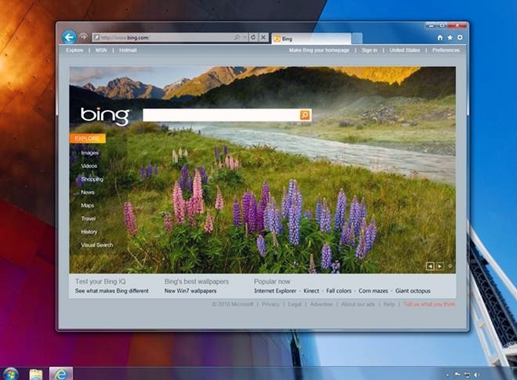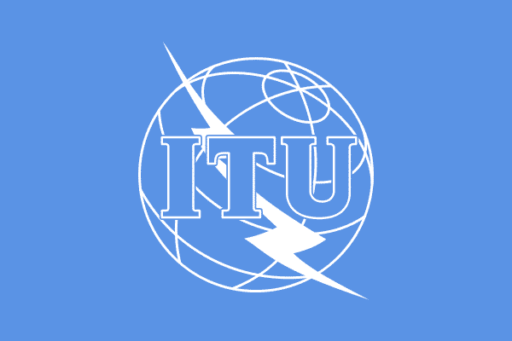Microsoft managed to put together a small size Internet with 140 computers, ready to perform over 20,000 tests daily to ensure that Internet Explorer 9 is as competitive as the company expects it to be and the upcoming Internet Explorer 10 will be the fastest browser ever.
The 140 computer lab is meant to help Microsoft enrich users’ overall experience with the latest OS. Studies show that more then half of the time users spend on an operating system, particularly Windows, they are browsing on the Internet and any failures in the browser’s performance impacts on the OS’ reputation. The latest unveiled operating system from Microsoft, Windows 8 relies on its browser even more since it is powering the Metro Interface. In addition, the latest browser from Google has a fast growing pace, while Internet Explorer and Mozilla Firefox have to adapt to the situation. Consequently, it is vital for Microsoft to do all the required testing to properly respond to the competition and to the users’ needs as well.
The new Internet Explorer Performance Lab , which is described by the Microsoft’s official blog as a “mini version of the Internet”, is able to perform over 200 performance measurements each day. The lab collects over 5.7 million measurements and 480GB of run-time data daily. The IE performance lab is a private network that works away from the public’s prying eyes and from foreign interferences. However, it has elements of the real Internet such as web servers, DNS servers, routers, and network emulators giving Microsoft’s teams the chance to simulate various scenarios.
The work done here is perceived as crucial by Matt Kotsenas, Jatinder Mann, and Jason Weber from the Internet Explorer Performance Team who explained the detailed architecture of the lab on the Microsoft’s designated blog. “Measuring performance at scale is a significant investment and a full-time job, but the results are well worth the effort. The data gathered by the Internet Explorer Performance Lab is instrumental in our understanding of browser performance and of the underlying PC hardware, and in developing a fast, fluid, and responsive web experience for users,” explain the three leaders of the Microsoft’s teams.
[ttjad keyword=”microsoft”]



